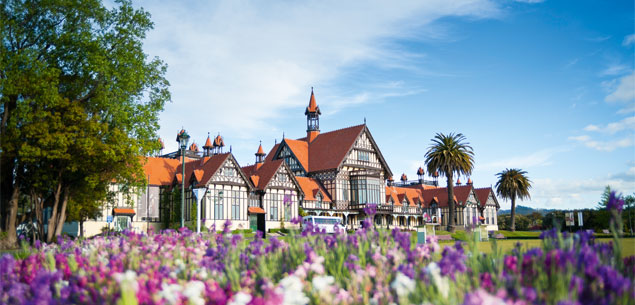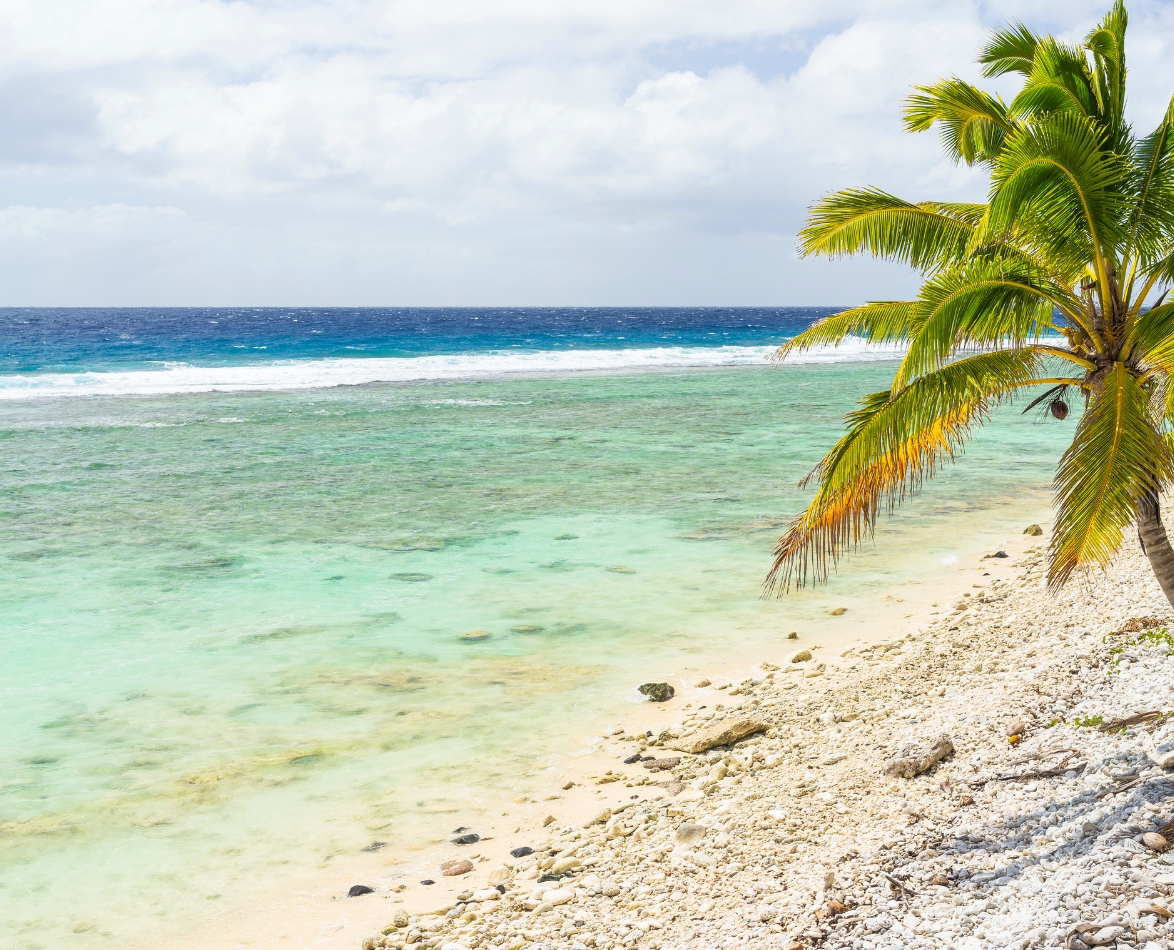When James Cook sailed around this stunning tropical island off the coast of Townsville, his ship’s compass went haywire.
None of his navigational equipment would function.
He decided it must have something to do with the island; maybe he had chanced upon a big mineral deposit? But no, the island turned out to be a mass of granite.
Cook, though, named the island Magnetic on the strength of his encounter. And magnetic it is. It draws you in from the minute you step off the ferry.

For this visit, I hire a car – a tiny car. It’s every little girl’s dream, a convertible Barbie vehicle with pink fluffy seat covers.
Is someone having me on? I fold all 1.78m of myself in and set out to discover paradise along a narrow road hugging the coast, revealing stretches of golden sand, fringed by gums and hoop pines.
Home for the night is an apartment at Horseshoe Bay, a beach with a couple of bars and cafés overlooking the ocean.
The unit is $240 a night and has three bedrooms and two bathrooms. I’m struck by how affordable things are here.
The island, fondly known as Maggie by the locals, is just a 20-minute boat ride from Townsville.
The locals are an eclectic mix.

Many of them commute to Townsville, while some have escaped the rat race and live the hippy lifestyle, and then there are the tourists, who come to enjoy the beaches and explore the national park that takes up two thirds of the island.
Maggie is a great place to get close to the wildlife.

On my way to dinner I stop to feed rock wallabies living by the car park near the wharf.
They’re smaller than your standard wallaby and more approachable because they’re used to people.
The island also boasts a network of walking tracks.
I decide to get up early and explore the fort walk, which leads to the ruins of wartime gun emplacements and barracks.
The island was a strategic stronghold during WWII, standing guard over the Queensland coastline.

A highlight is getting close to the koalas. Because of the harsh environment, the gum trees grow much smaller, meaning they are easier to spot.
We find a mother and baby, just an arm’s length away. T
he koalas become attached to their particular tree and, once fully grown, the baby will return to the same tree to give birth to the next generation.
The forest is diverse, largely as a result of the island’s topography, which changes rapidly from sheltered gullies to flat land to exposed headlands.
In the seagrass meadows off Maggie, you may spot the enormous, but notoriously shy dugongs, and there are plenty of turtles.
They nest on the island’s beaches during summer.
We’ve walked up a fair appetite, so head to the Bungalow Bay Koala Village for a “bushtucker breakfast”.
I’m expecting a selection of creepy crawlies, but am pleasantly surprised by spectacular smells coming from the barbecue.
We feast on spicy mackerel, pancakes dripping in bush honey and yoghurt, and sip native guava champagne.
This bushtucker I can handle!
Our breakfast companions are a snake, crocodile, koala and a cockatoo.
Tony, one of the local rangers, drapes the snake casually around my neck.
The smiling croc’s jaws, I notice, are firmly taped shut. This is a great place to bring the kids – Tony’s a character and his patter will keep them well amused.
**Fact File:
**
Judy Bailey travelled to Queensland with the assistance of Tourism Australia, Tourism and Events Queensland and Air New Zealand. For more information, go to myaustraliapassion.co.nz/passions
Townsville’s National Parks are all within easy access of the city.
Magnetic Island National Park is noted for its abundant wildlife and varied history. There is a 36km network of walking tracks and secluded sandy bays to swim in and explore.
Paluma Range National Park is a rainforest haven, approximately one hour north of Townsville by car, with lookout spots along the Paluma range. Paluma and Crystal Creek make up an ecotourism paradise.
Bowling Green Bay National Park follows the Cape Cleveland coastline and spreads inland to include Mount Elliot. Diverse habitats, ranging from sea-level mangroves to mountaintop rainforests, are protected.
Dalrymple National Park is 42km north of Charters Towers. The park’s woodlands and dry vine thickets are home to rufous bettongs, wallabies and wallaroos.




